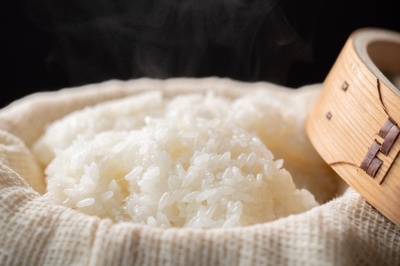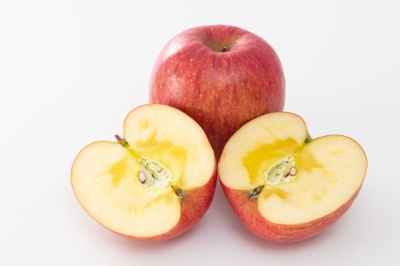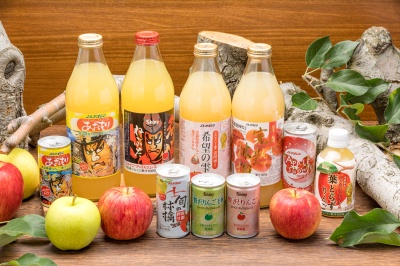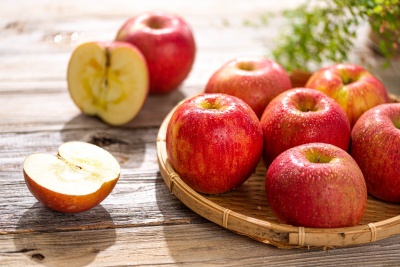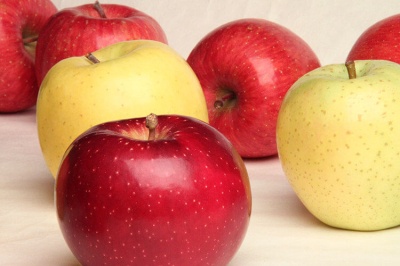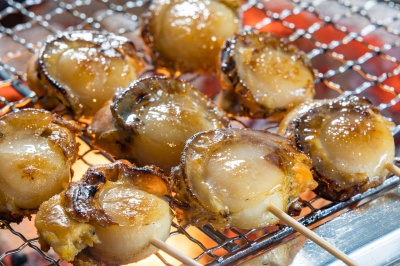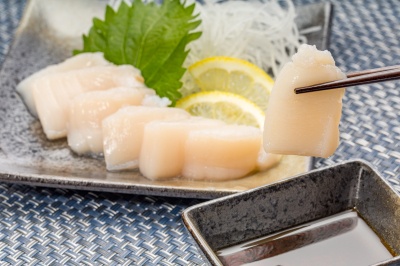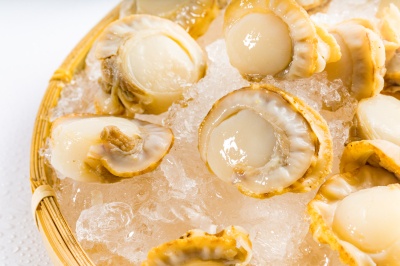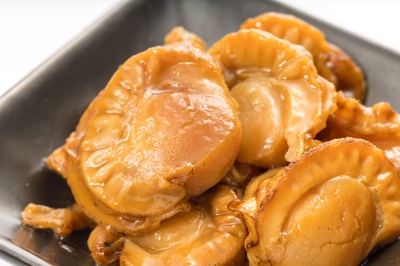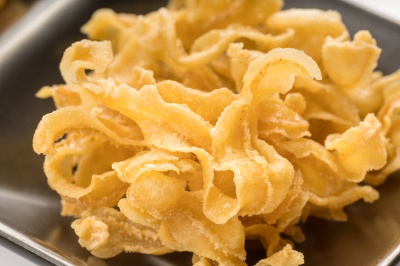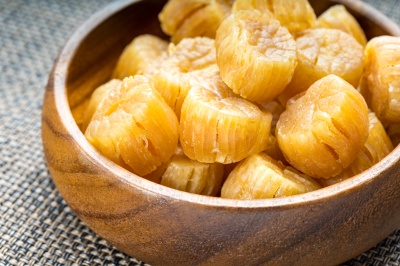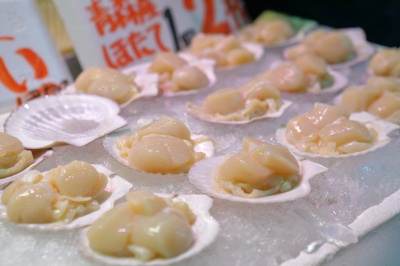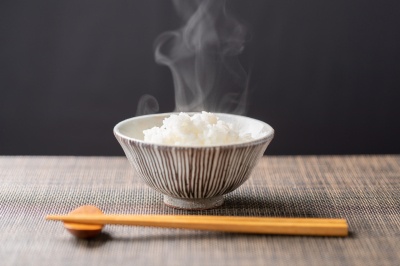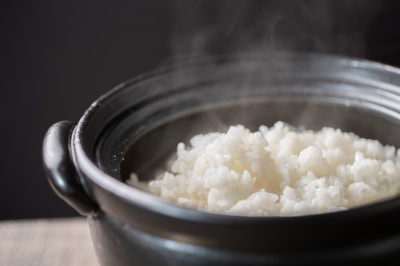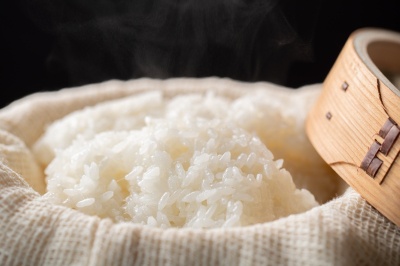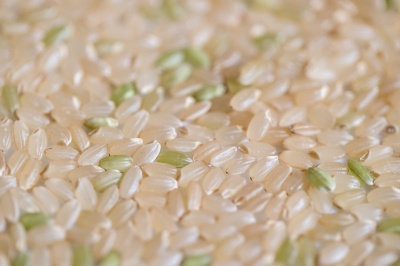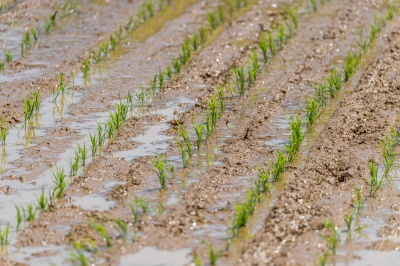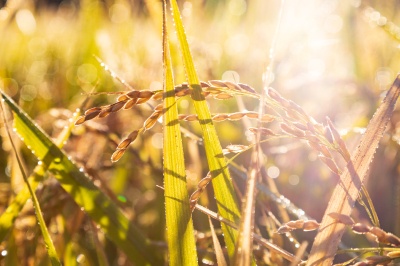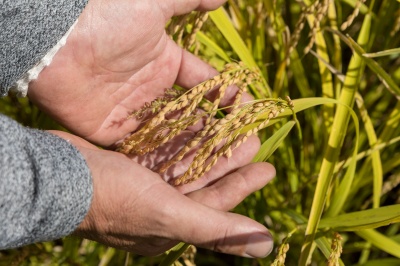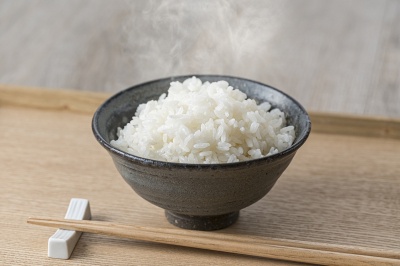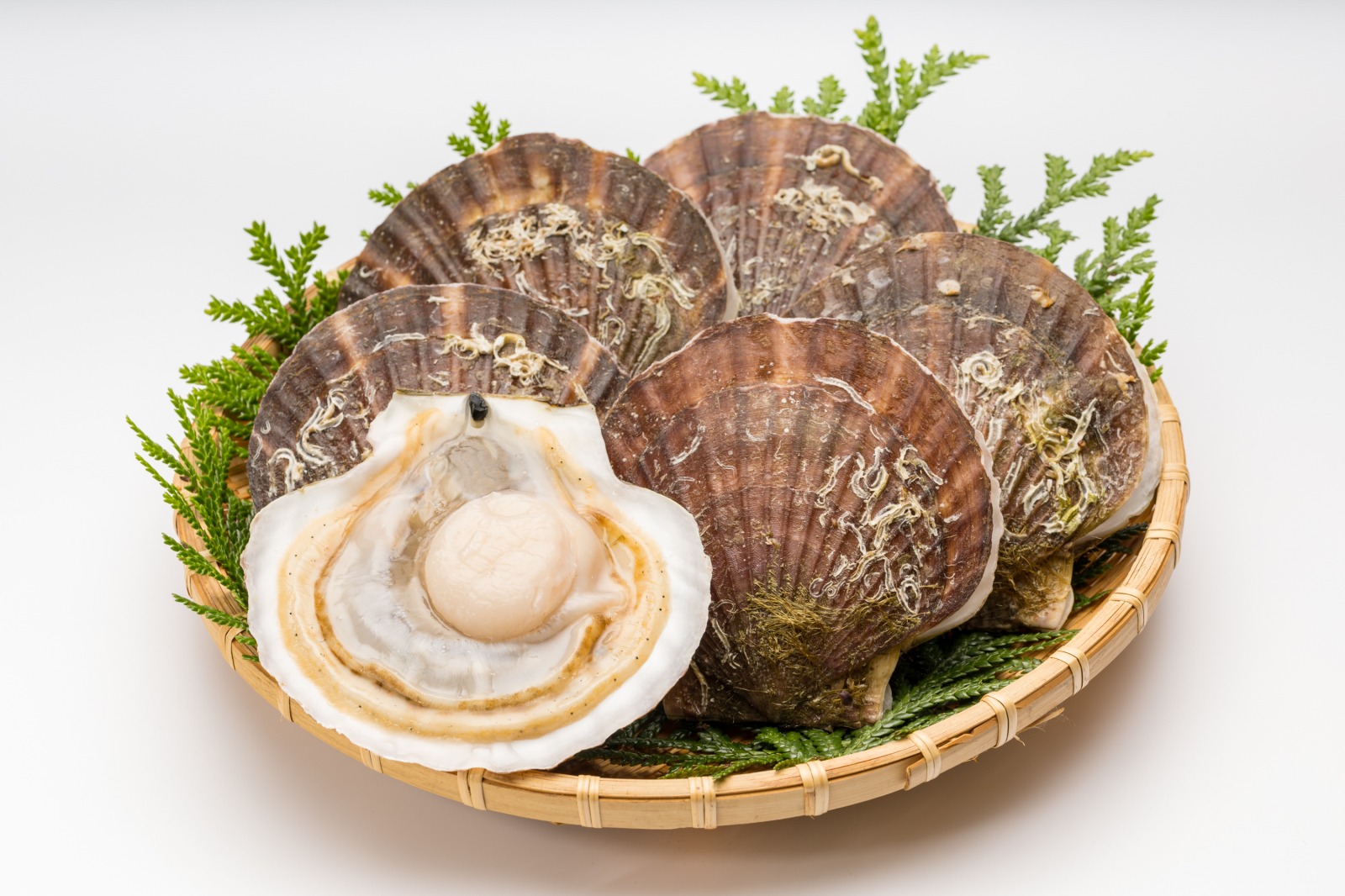Aomori's Amazing Products
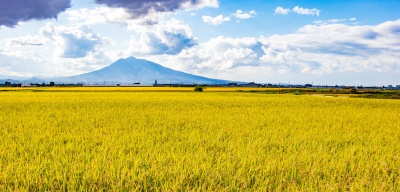
Situated at the northern tip of Honshu island and surrounded on three sides by oceans, Aomori is a region blessed with bountiful nature and attractions that change with the seasons, including the World Heritage Site of Shirakami-Sanchi and mysterious Lake Towada.
The deliciousness of Aomori's products is nurtured by the harsh natural environment of the snowy cold of winter and the rough seas of the surrounding straits, combined with the passion of the local people, and a high level of technical skills.
Discover for yourself the exquisite tastes and flavors of the products we take such pride in, including the world-famous branded fruit Aomori apples.
Apples
Aomori apples are number one in Japan in terms of total production volume and area under cultivation, a position and status that has remained unchanged for more than 100 years. Not only is Aomori a major production region, the apples grown here are also of world-class quality, with many people from overseas praising Aomori applies as the most delicious in the world!
Spotlight on the appeal of high-quality, delicious Aomori apples
Aomori apples are number one in Japan, both in terms of production volume and land under cultivation. Aomori apples are also actively exported and you may even have spotted them in your own supermarket.
Here we introduce the appeal of high-quality, delicious Aomori apples, and some of the efforts that are made to keeping them fresh. Aomori apples are number one in Japan, both in terms of production volume and land under cultivation. Aomori apples are also actively exported and you may even have spotted them in your own supermarket.
Here we introduce the appeal of high-quality, delicious Aomori apples, and some of the efforts that are made to keeping them fresh.Aomori apples are number one in Japan, both in terms of production volume and land under cultivation. Aomori apples are also actively exported and you may even have spotted them in your own supermarket.
Here we introduce the appeal of high-quality, delicious Aomori apples, and some of the efforts that are made to keeping them fresh.
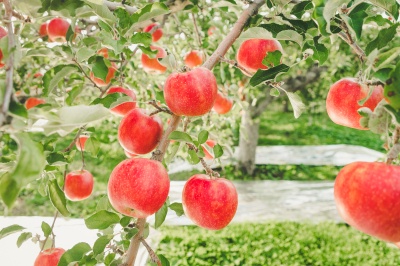
Scallops
Aomori is one of Japan's top production regions for scallops, which are cultivated in Mutsu Bay, surrounded by two peninsulas. Mineral-rich water from the surrounding mountains flows into the bay, which is rich in phytoplankton that scallops feed on. Their soft sweetness is enjoyed by all who taste them. While of course delicious as sashimi, they are equally tasty in various other dishes, either boiled, grilled or fried, and are adored in countries around the world.
The appeal of Aomori scallops, a popular food loved around the world
Situated on the northern tip of Japan’s main island of Honshu, Aomori boasts the largest catch of farmed scallops in the entire country. Scallops, or hotate in Japanese, are a popular part of Japanese cuisine and also feature in other global food cultures, including western and Chinese cuisine. Delve into this article to find out some of the secrets behind their popularity, from the way they are caught, to the latest preservation technologies, and the various ways they can be eaten.
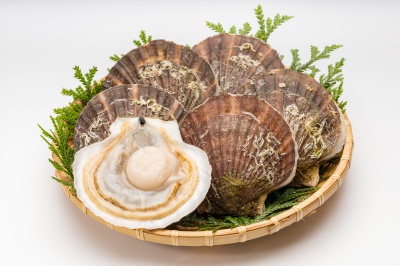
Rice
The richly fertile earth of Aomori, situated on the northern tip of Honshu island, is ideally suited for cultivating delicious rice. Long hours of sunlight make the rice strong and abundant clean water gives the rice its delicious taste. Cool summers and few pests also mean that less pesticide spraying is required. Aomori rice is a product raised with the blessings of nature and the loving care and attention of rice farmers. It is a second-to-none product born from the blessings of Mother Nature in this northern land.
Aomori rice nurtured in the rich earth of Aomori Prefecture
Aomori rice is delicious rice cultivated by the hands of farmers who utilize the wisdom and techniques passed down through generations in a rich natural environment blessed with pure water.
Here we introduce the appeal of Aomori rice that is so lovingly cultivated by Aomori rice farmers.
